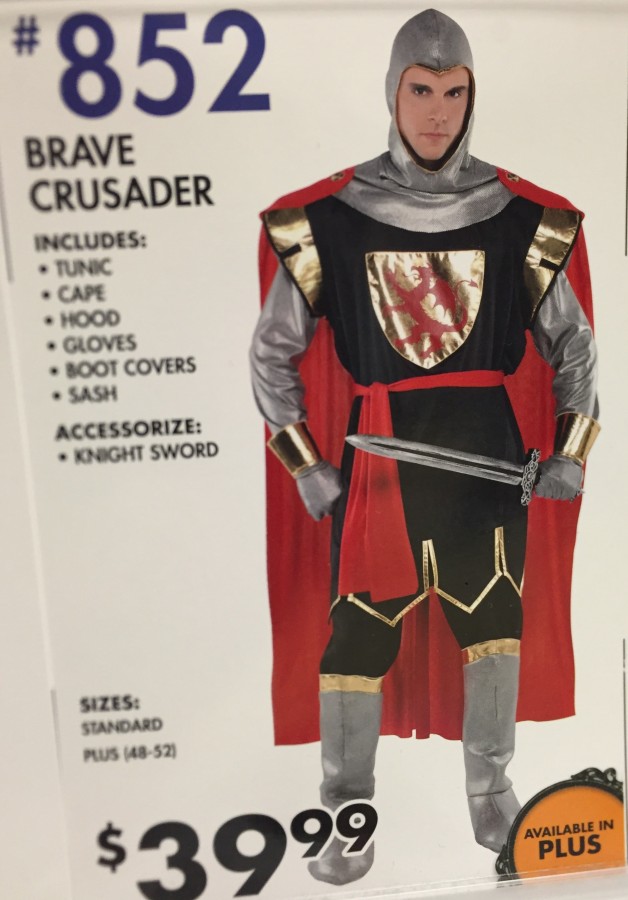Halloween costumes gone wild
A 12-year-old girl stands in the front of the Halloween store, terrified not because of the vampire and zombie decorations, but because of the risqué costumes she has to choose from. She is not small enough to shop in the children’s department, but the tight, fishnet stockings and short nursing dresses do not seem appropriate for Halloween dress-up day at school. She will have to be a witch again this year.
Tight skirts and crop tops in female Halloween costumes initially began during the sexual revolution of the 1960s. This change in attire was seen as a positive thing, allowing women to display their sexuality and be in control of how they were portrayed.
The increase of nudity in television and the birth of the Internet decades later have also played a part in sexualized Halloween costumes. This forces girls to be exposed to their sexual identities at a much younger age. Marketers have taken advantage of this and have created riskier costumes in order to have their product stand out, even if it means selling revealing clothing to middle schoolers.
Time magazine reporter Laura Stampler called Halloween “a reflection of what is happening in culture.” With the sexualization of women so common in the media and fashion industry, it is not surprising that this theme would carry into Halloween, a holiday revolved around appearances. The media’s focus on being thin and being sexy may also be a factor in body dissatisfaction, eating disorders, and low self-esteem among some women.
Even girls in elementary school have a narrow selection of Halloween costumes. Fewer girls choose costumes such as doctors, police officers, and superheroes, while more popular costumes include maids, fairies and angels. Doctors, police officers, and superheroes are all perceived as strong characters who are able to make change. Meanwhile, maids and angels represent traditional roles for women that encompass submissiveness and purity. As silly as it may sound, young girls need to be able to dress up as lawyers, athletes, and astronauts to feel empowered.
As soon as girls hit puberty, they are expected to be alluring, sexy, and show more skin. This ideology is harmful because it introduces an idea that women’s bodies are only for men’s satisfaction.
According to a study done at the University of Texas, adolescent girls who thought being attractive to boys was important put much effort into applying makeup and choosing outfits, and put less effort into academics. Surely wearing a tight dress once on Halloween does not mean one will do poorly in school, but with the addition of other sexual pressures put on girls, it could lead to such behavior.
Although the revealing costumes were once seen as liberating and freeing for women, they are now used to objectify and over-sexualize women.
So, when a young girl enters Party City, contemplating whether to be a nurse or a leopard, she should choose neither. Instead, she should consider following in the footsteps of the feminist leaders before her and decide between a suffragette and Rosie the Riveter.

